Home > News
Explore Fancy Yarn Inspiration
Explore the latest fancy yarn technologies and creative applications. Get industry trends, DIY inspiration, and gain insights into the making of premium yarns.
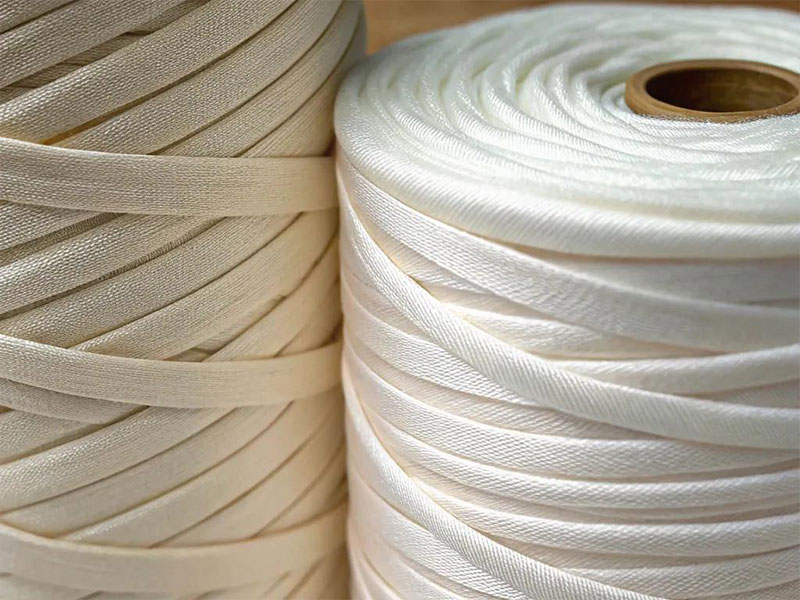
Is Tape Yarn the Same as T-Shirt Yarn? Key Differences, Uses & Supplier Insights
When it comes to tape yarn and t-shirt yarn, the terms used in the textile and yarn industry can be confusing. They are both popular for knitting, weaving, and crocheting, and at first glance, they might look the same. These two types of yarn are not the same, though. Each one is good for a different use because they are made of different materials, have different structures, are made in different ways, and have different uses.
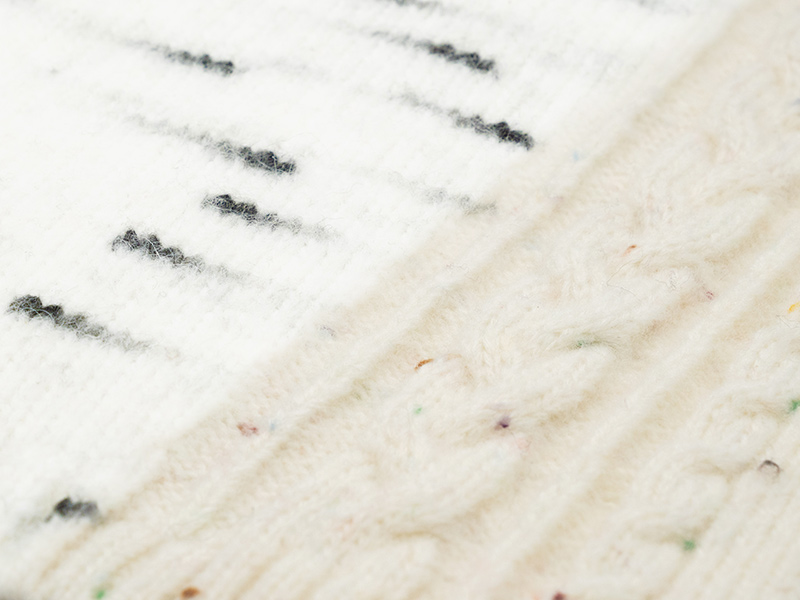
Variations and Applications of Spray Yarn — A Dual Exploration of Design and Craftsmanship
Sweaters are the main focus of our wardrobes as fall and winter approach. People need clothes that are warm, comfortable, and have a texture to help them get through the cold. You can see that spray yarn is the most popular choice for sweaters if you look closely. Spray yarn is a popular choice for knitwear and sweaters in the fall and winter because of its unusual look and soft warmth. It distinguishes out from other types of knitting yarn since it comes in so many different forms.
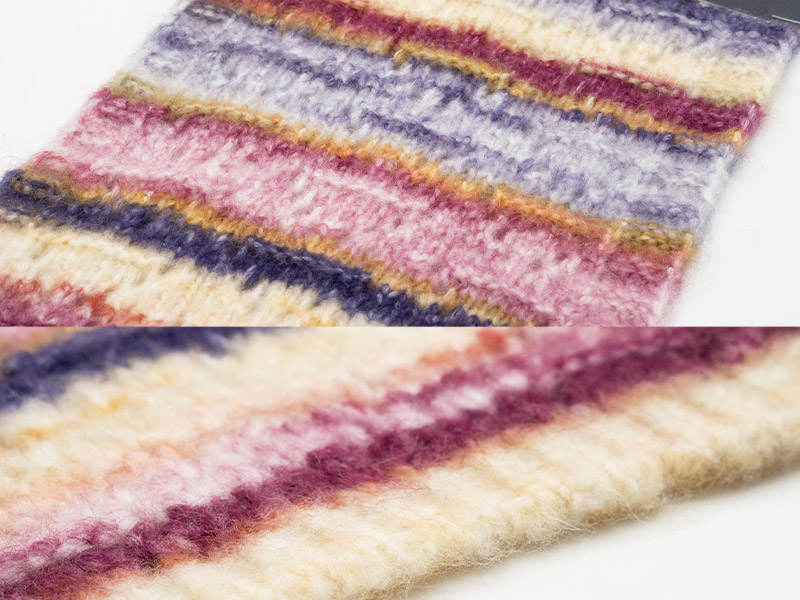
Wool Acrylic Blend Yarn: Benefits, Uses & Wholesale Sourcing Guide
The choice of fiber in the textile industry affects not only the quality of the finished product, but also how well it works, how much it costs, and how much people want to buy it. Wool and acrylic are two of the most popular fibers, and each has its own benefits. Wool is known for being warm, strong, and breathable, while acrylic is known for being strong, cheap, and easy to care for.
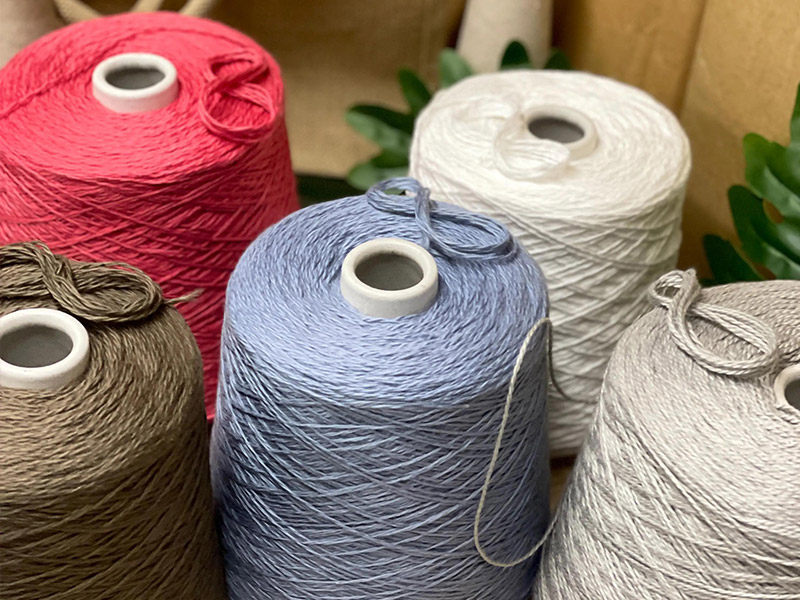
Choosing the Right Fabric: Insights from a Fancy Yarn Manufacturer
When choosing clothing, we naturally start with the style—does it catch our eye? Next, we feel the fabric, appreciating its texture and softness. Finally, we consider the price and fabric composition, ensuring it meets both our taste and quality standards.
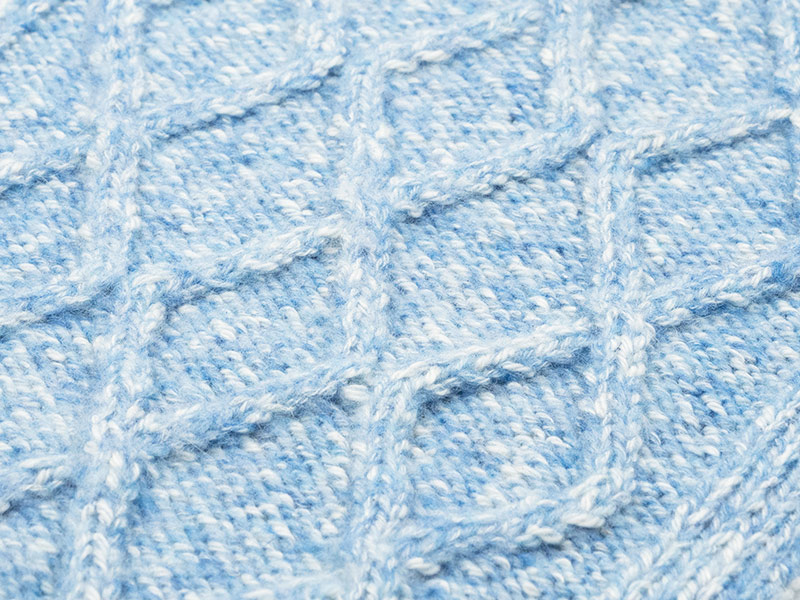
Cotton Wool Blend Yarn for Knitting & Weaving: Uses, Benefits & Supplier Tips
Cotton wool yarn is one of the most useful and popular blended yarns in the textile industry. This yarn strikes a balance that neither cotton nor wool can provide on its own by combining the breathability and softness of cotton with the warmth and stretchiness of wool. Cotton wool yarn is strong, comfortable, and flexible enough to be used in fashion, home textiles, and special projects. It works for both industrial buyers and individual makers.
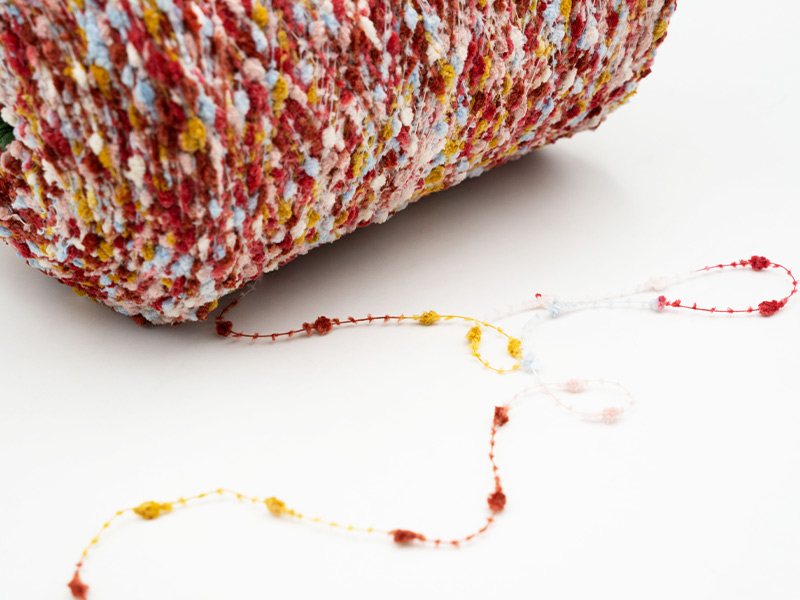
Chrysanthemum Yarn / Ping-Pong Yarn — Adding Dimension and Playfulness to Knits
In the world of fancy yarns, Chrysanthemum Yarn—also known as Ping-Pong Yarn—stands out due to its unique structure, exceptional visual appeal, and versatility in design. Over recent years, it has attracted increasing attention within the knitting industry, both in domestic and international markets. Its signature feature—tiny “flower balls” or clusters evenly attached along the yarn—creates a lively, three-dimensional effect on the fabric surface.

Fancy Yarn vs Ordinary Yarn: Key Differences, Benefits&Applications for Textile Manufacturers
In the vast and intricate world of textiles, the humble yarn is the fundamental building block, the silent narrator of every fabric’s story. For centuries, ordinary yarns have performed this duty reliably, creating the backdrop of our sartorial existence. But what if the narrator could break into a song? What if the thread could not just tell a story but embody it with texture, color, and dimension? This is the paradigm shift offered by fancy yarns—a shift from a monologue to a rich, multisensory dialogue between material and maker.
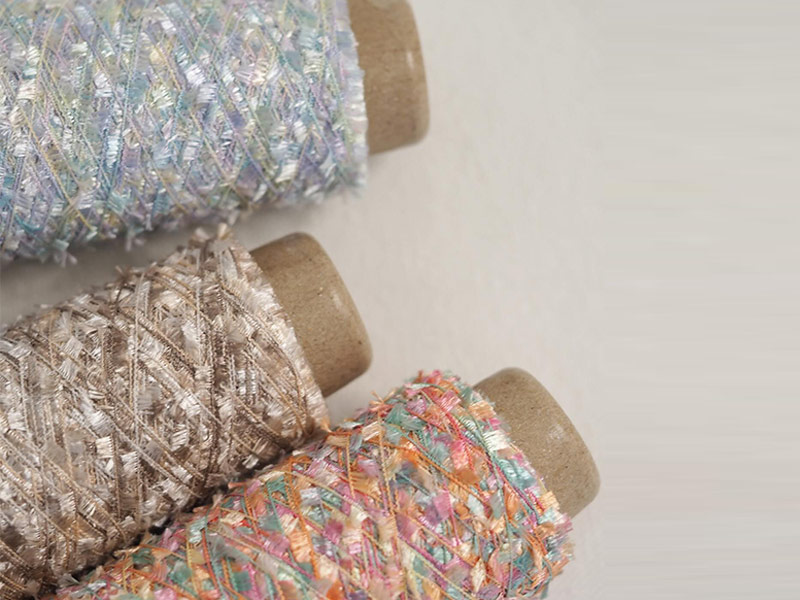
Combed vs Carded Yarn: Key Differences for Textile Manufacturers & Yarn Buyers
In the textile and yarn business, it is important for designers, manufacturers, and hobbyists to know the difference between combed and uncombed yarn. “Combed” and “uncombed” (or “carded”) are two ways to get fibers ready to be spun into yarn. These methods of preparing yarn have a big effect on its quality, texture, strength, and ability to be used in different ways.
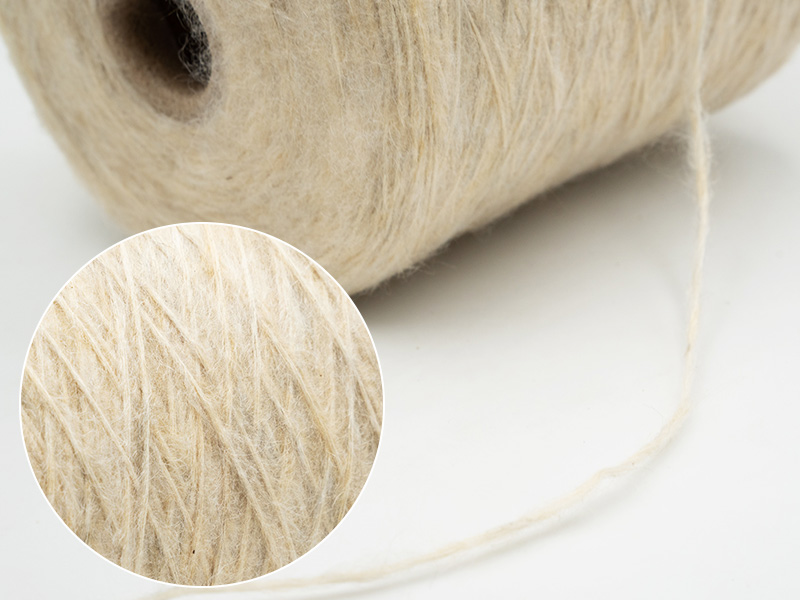
Cotton Wool Blend Yarn: Advantages, Uses & Benefits for Textile Manufacturers?
Cotton and wool are two of the most common natural textiles used to produce garments. They all have useful features. Cotton is soft, lets air through, and is easy to take care of. Wool, on the other hand, is warm, strong, and keeps heat in naturally. When you mix these two fibers, you get a fabric or yarn that has the best of both worlds. This makes it a wonderful choice for many kinds of textiles.

